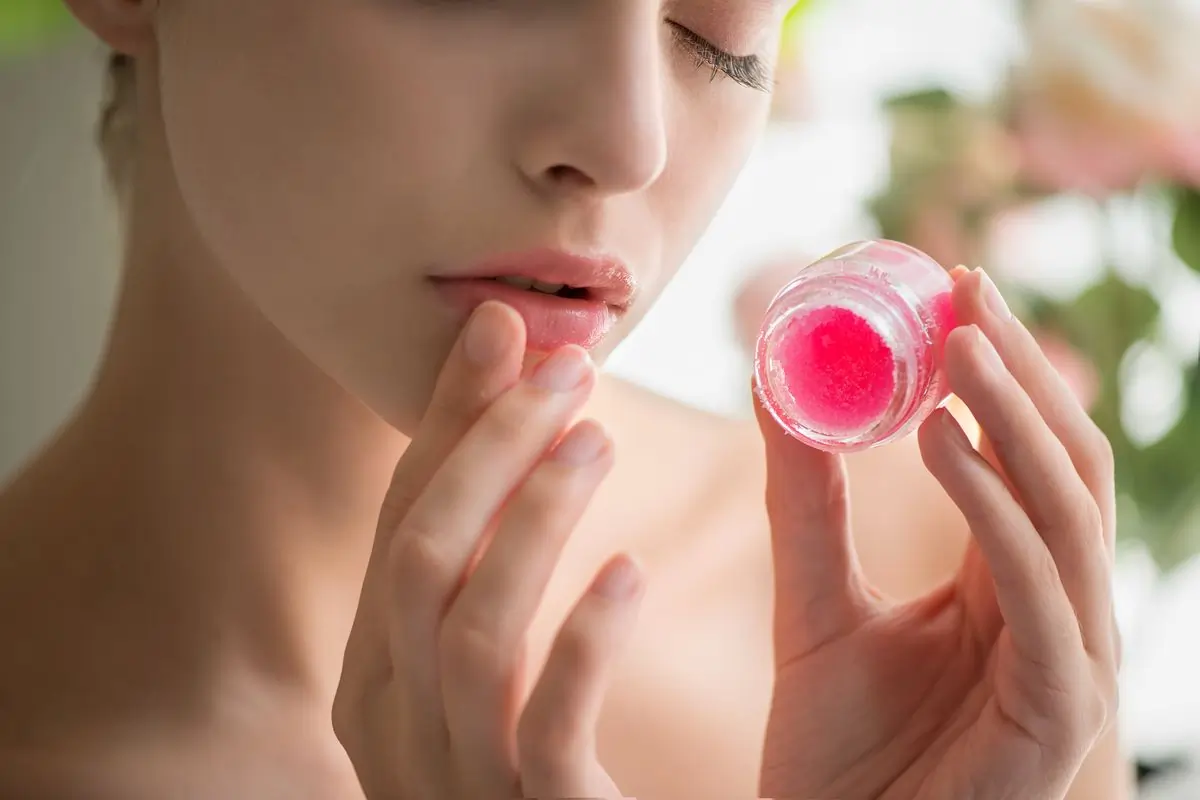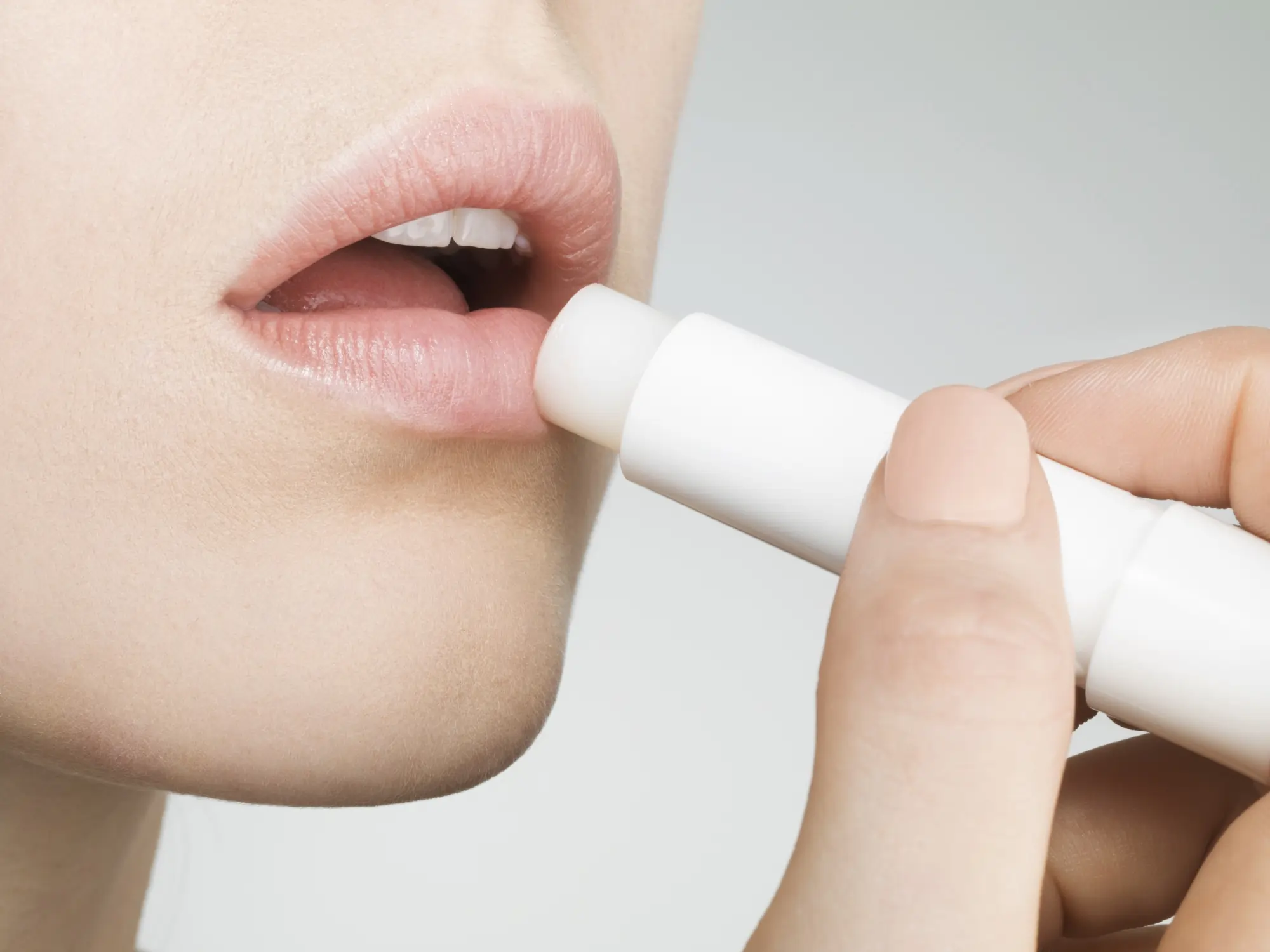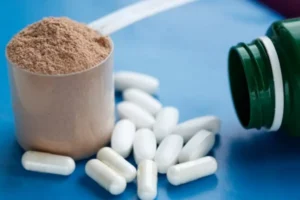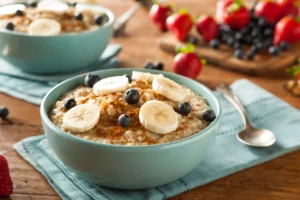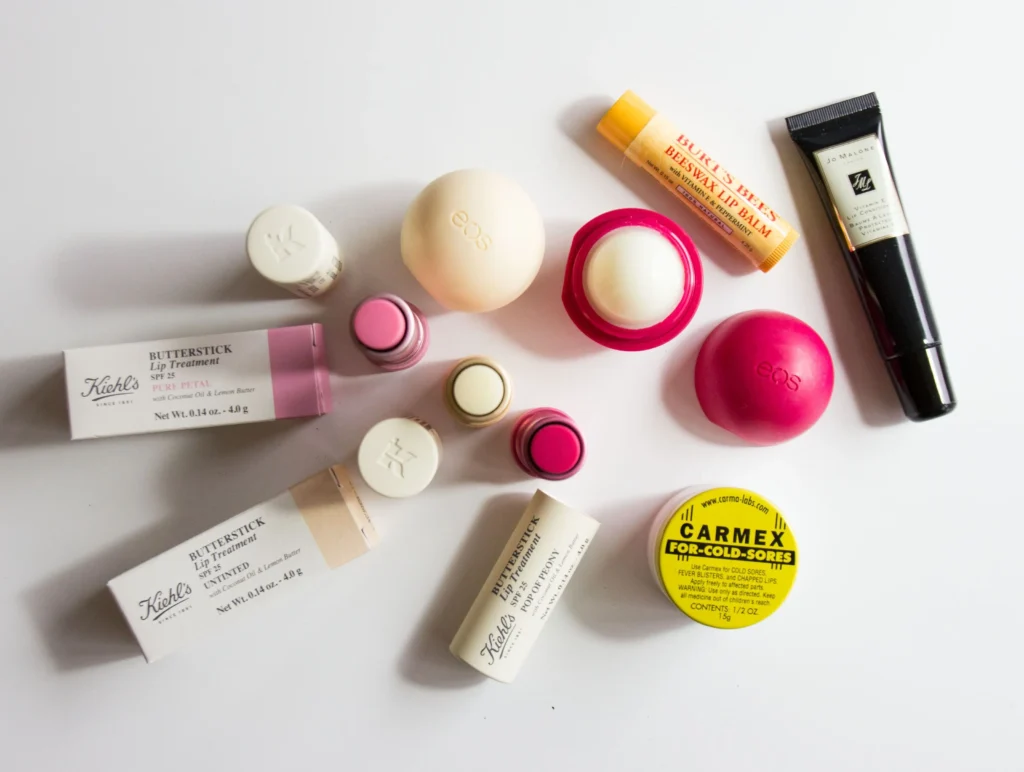
Creating smooth, nourishing lip balms requires precise lip balm compounding filling techniques that ensure quality and consistency. This process involves selecting the right tools and methods for measuring, mixing, and filling each batch. From ingredient preparation to equipment choice, every step impacts the final product’s feel, effectiveness, and shelf life. Understanding these processes can help avoid common issues like air pockets or uneven fills, ensuring a professional, polished finish. In this guide, we’ll cover the essential tools, best practices, and step-by-step methods that make crafting lip balm both efficient and enjoyable. Let’s dive into the content to learn more.
Understanding Lip Balm Compounding Filling: Essential Techniques and Tips
Mastering the art of lip balm creation requires careful attention to techniques that ensure smooth consistency, lasting quality, and easy application. One essential factor in achieving these results is accurately measuring ingredients to maintain the ideal balance of moisturising elements, such as shea butter or beeswax, paired with essential oils for subtle scent and flavour. This balance is also crucial for enhancing the skin benefits provided by each balm. Slow, even blending techniques prevent uneven distribution, while precise heating preserves the natural properties of each ingredient. During filling, using temperature-controlled equipment helps avoid air bubbles and irregular fills, resulting in a balm that glides smoothly. Focusing on these essential practices contributes to a reliable, effective product that customers can trust and enjoy.
Breaking Down the Compounding Process for Lip Balms
The compounding process for lip balms is a meticulous blend of science and artistry, focusing on combining high-quality ingredients to achieve the desired texture, colour, and protective properties. This process begins with carefully measuring and melting base ingredients, typically a mix of oils, waxes, and butters, in specific ratios that affect consistency and skin feel. Once these core elements are thoroughly blended, they are enriched with vitamins, essential oils, or flavourings to enhance their nourishing qualities. The mixture is then poured into moulds while still warm, ensuring a smooth and even texture as it cools and solidifies. Each step requires precision to ensure the final product provides optimal moisturization, a pleasant feel, and lasting wear, resulting in a balanced balm that meets both functionality and sensory appeal.
The Role of Ingredients: Choosing the Right Components
Choosing the right ingredients plays a critical role in crafting high-quality lip balms, as each component influences the product’s texture, durability, and effectiveness. Base ingredients like natural oils and butters provide essential moisturising properties, which help protect and hydrate the lips. Additives, such as beeswax or candelilla wax, lend structure, giving the balm its solid form and ensuring it remains smooth during application. Selecting premium essential oils and natural flavours not only enhances the user experience but also offers potential benefits like soothing or mild plumping effects. By carefully balancing each ingredient, formulators can create lip balms tailored to specific needs, ensuring a product that feels luxurious and nourishing on the lips.
Must-Have Tools for Effective Lip Balm Production
Effective lip balm production requires a set of essential tools designed to ensure a smooth and precise process from start to finish. Key equipment includes filling trays, which allow for efficient and uniform filling of multiple containers at once, saving time and reducing waste. Additionally, mixing equipment such as hand mixers or high-shear blenders is crucial for achieving a consistent blend of ingredients, essential for both texture and quality. Melting pots with temperature control enable the gentle heating of base ingredients, ensuring the ideal consistency without damaging heat-sensitive components. Finally, spatulas, pipettes, and small funnels contribute to precise transfers and measurements, enabling accurate ingredient proportions. Together, these tools create a streamlined production setup that helps meet both quality standards and production efficiency.
A Guide to Different Filing Techniques and Methods
When it comes to achieving remarkable results in cosmetic treatments, looking at Liposuction Before and After outcomes can provide valuable insights. This process is about more than just removing fat; it’s an art that requires precision and expertise to sculpt the body effectively. Different techniques in liposuction, much like the filling methods in product production, play a significant role in the final result. By choosing the appropriate approach, whether traditional, laser-assisted, or ultrasound-based, practitioners can tailor each procedure to fit the patient’s unique needs. Each method offers distinct advantages, from enhancing contour accuracy to minimising recovery time, ensuring high-quality outcomes that impact both appearance and confidence.
Ensuring Quality Control: Best Practices for Consistency
Maintaining consistency in lip balm production requires a robust quality control approach to ensure each batch aligns with expected standards in texture, appearance, and ingredient distribution. Key practices include precise temperature regulation during the melting and mixing stages to prevent ingredient separation and achieve uniformity in each batch. Regular equipment calibration, especially for filling machines, minimises variations in fill volume, which is essential for maintaining a consistent product weight and avoiding customer dissatisfaction. Routine sampling and testing are also important; this involves checking random units from each batch for uniformity in texture and fragrance, ensuring they meet brand specifications before the product reaches the market.
Common Challenges in Lip Balm Filling and How to Overcome Them
One of the primary challenges in lip balm filling is achieving a smooth, bubble-free finish that looks professional and consistent across batches. Small air pockets can easily form during the filling process, which affects both the appearance and quality of the product. To counter this, manufacturers can employ a combination of careful temperature control and slower filling speeds, as rapid filling often traps air within the mixture. Another common issue is maintaining a uniform texture, especially when working with ingredients like shea butter or beeswax that can solidify quickly. Pre-melting these ingredients thoroughly and keeping them at a stable, optimal temperature before filling can prevent clumping and ensure a smooth consistency. Additionally, for those using automated filling tools, regular calibration and maintenance of equipment can significantly reduce errors, ensuring each batch meets the desired quality standards.
Selecting the Right Equipment for Small and Large-Scale Production
Choosing suitable equipment is essential for efficient lip balm production, whether for a small business or larger manufacturing scale. For small-scale production, compact filling machines, manual filling trays, and precision dosing tools are often ideal, providing ease of use and flexibility for crafting smaller batches. Larger-scale operations, however, benefit from high-capacity filling machines that support automated filling, capping, and labeling. These machines streamline the process, reducing production time while ensuring consistency and minimising product waste. In either case, selecting the right tools not only impacts the efficiency of the workflow but also the quality and uniformity of the final product, making it crucial to match the equipment with production needs.
Packaging Solutions: Keeping Lip Balm Fresh and Appealing
Effective packaging solutions play a crucial role in preserving the freshness, texture, and appeal of lip balm products. By using airtight containers and materials that prevent exposure to air and contaminants, manufacturers can extend the product’s shelf life and maintain its quality from production to end use. Containers with twist-up mechanisms or secure lids help prevent spills and wastage, while materials like recyclable plastics and metal tins offer sustainable, eco-friendly choices that align with modern consumer expectations. Attractive, functional packaging not only safeguards the lip balm but also enhances user experience, allowing brands to build trust by delivering a product that stays fresh, effective, and easy to use.
Safety Measures to Consider During the Production Process
When it comes to crafting quality lip balms, safety is an essential part of the process that ensures both the product’s integrity and the user’s well-being. By implementing appropriate safety protocols, from handling raw ingredients to maintaining cleanliness in every step of production, manufacturers can create lip balms that meet high standards for both quality and safety. Using proper tools and following guidelines for safe handling not only protects the production team but also contributes to a consistent and reliable product. With these measures in place, producers can feel confident in delivering a lip balm that customers will trust and enjoy, knowing it was crafted with care and attention to safety.
Enjoyed the Read? Share It!